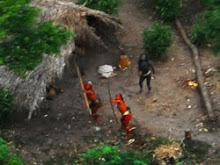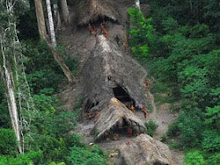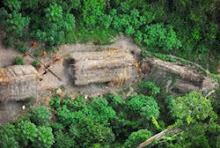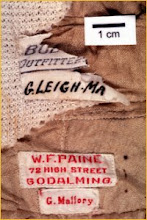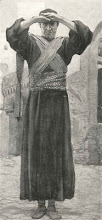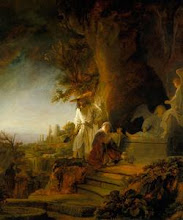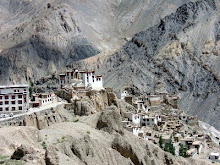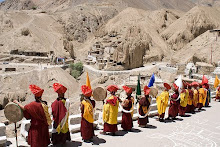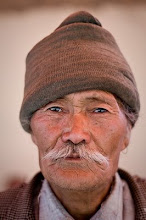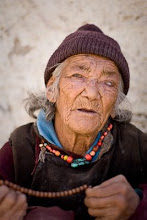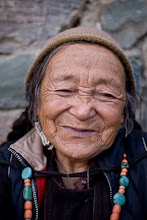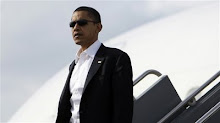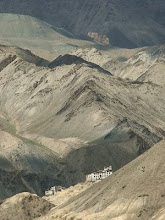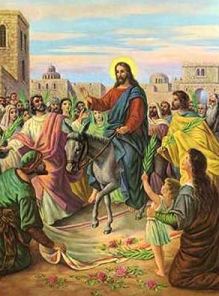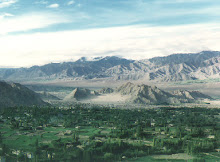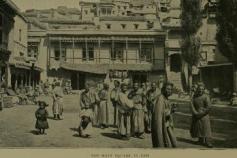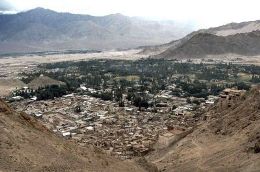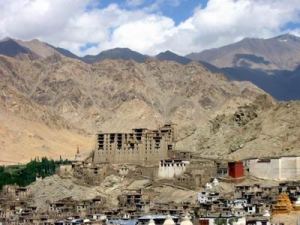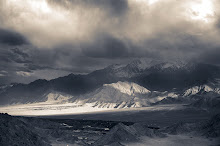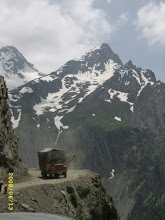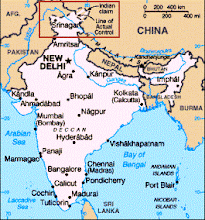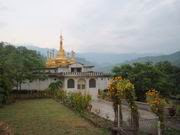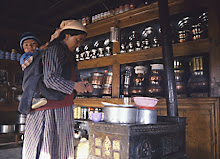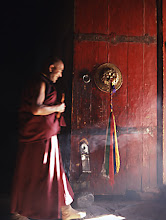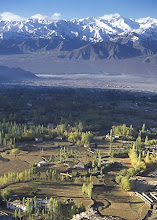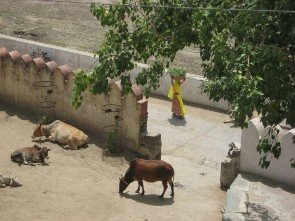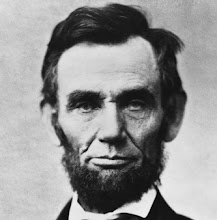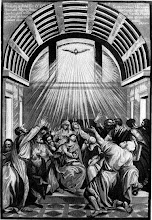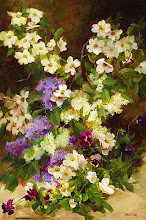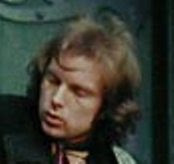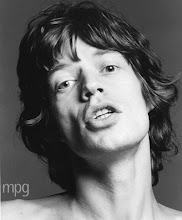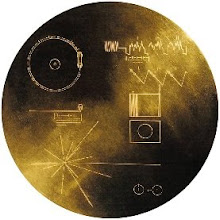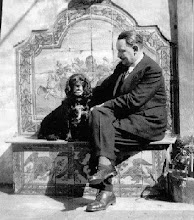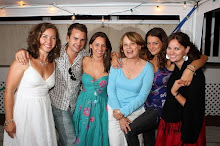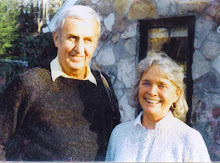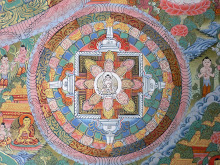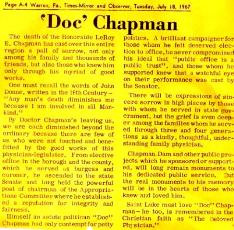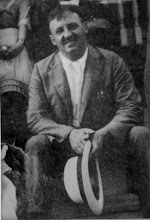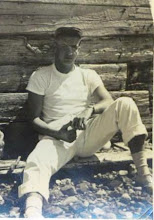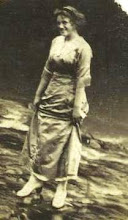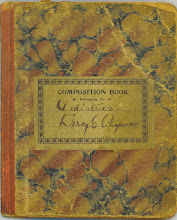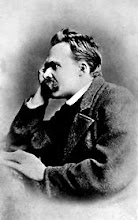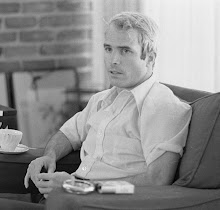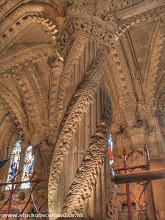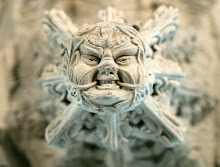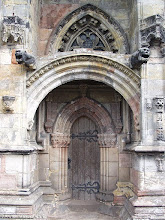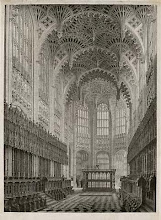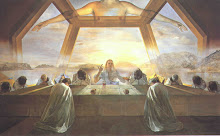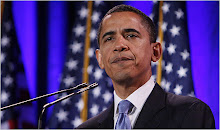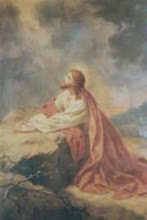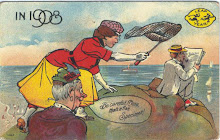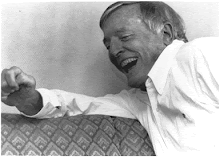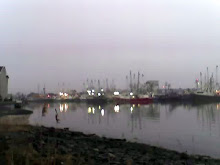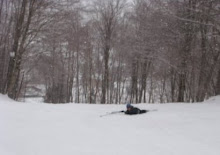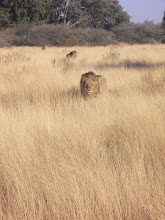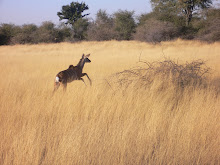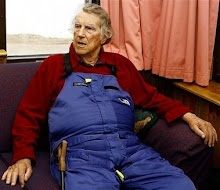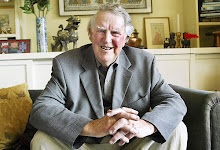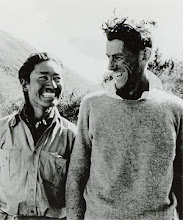When I was young I longed for the Himalaya, and read National Geographic after National Geographic, longing especially for landscapes like this. I had a catalogue and ordered the postcard below about 20 years ago, from Snow Lion Publications in Ithaca NY. It bumped around. I put it on the refrigerator for a year or two, then stuck it in my bedroom mirror for awhile, and finally put it into a photo album of photos of my children when they were young, hoping maybe that someday someone would understand, for whatever it was worth, what landscape I always longed for, and how I lived it out, that the Tibetan Plateau and all the areas surrounding it, were where I felt I belonged. I wasn't really sure where exactly this place was, never paid much attention to the fine print on the back of the card, but assumed it was in Tibet.
I have no idea why it is I've always longed for solitude in remote regions, I would certainly imagine though, based on what I've learned in this lifetime, that there's a reason for that longing, and that it need not be questioned. Why did I dream of monks in the Himalaya, and wish I could be a calm attendant on them, by lamplight, rather than dreaming of being, say, Jacqueline Kennedy or Meryl Streep or Madame Curie? I honestly don't know. N'importe.
And then last week, a few of my children found that photo album and produced this old postcard for me to see, the one that was stuck on the refrigerator years ago.
When I went to India, I decided to stay in Leh only and to be grateful for that, at my age and at that altitude. I wanted to go to Tibet, but Leh was close enough, within a hundred miles of places I had dreamed about, I figured. But by an effortless chain of events, I ended up traveling more extensively with my daughter and the NGO LEHO into more remote areas of Ladakh. I discovered recently that the postcard I bought twenty years ago, was a photo of Lamayuru Monastery, in Ladakh, India!. My daughter and I visited Lamayuru in June 08, (our driver made an unplanned detour) and witnessed the rare visit of a high-ranking monk, who arrived in a caravan of vehicles amidst all the ancient fanfare and horn-blowing of monks with precious ancient instruments, and the gathering of aged Tibetan refugees who had walked for miles and who sat curbside spinning prayer-wheels for hours....
So much happened when we were there, hours sacred and remote from earthly concerns....That day is a mystery unto itself. I could never explain it in a million years, and so it is. I was there. And not only that. It happened without me struggling for it. It happened because I just put myself in God's hand and went alone to India with no script. And then, blessing upon blessing, with my daughter, bone of my bone and flesh of my flesh, by my side. Put the picture of what you want in front of your eyes, and it may come to you!
Enough mystery for many lifetimes.
Sunday, March 7, 2010
Wednesday, February 3, 2010
George Mallory's Body: Alabaster on Everest
In May of 1999, when George Mallory's body was discovered frozen into Mt. Everest, the skin of his back gleaming in the sun like alabaster seventy some years after he died, I wrote a poem. I've lost the poem but I remember posting it at www.mountainzone.com, where it was absorbed into the ethers.
I had been feverishly following the Mallory-Irvine Research Expedition online, buying my kids t-shirts in support of the search, and listening with them to the reports broadcast by Eric Simonson from Everest. Conrad Anker made the find, later describing it this way:
" I saw a patch of white, that was whiter than the rock that was around and also whiter and whiter than the snow that was there, and went there. And within a few minutes of being there realized that this wasn't a body from recent times; it was something that had been there for quite awhile..... He seemed to be at peace with himself. He had been there quite awhile, and there was something very, very subtle about his being there, not really scary and violent. "
The photographs of the body were beyond thrilling to me. There's no way to express the poignancy of the image. Mallory's arms reaching upwards, his bleached white body melded to the mountain forever, his earnestness so clear even in death, trailing bits and pieces of wool and cotton clothing still, even a clearly legible name-tag sewn lovingly into his shirt. The thought that his camera might be found, and a statement by the Kodak company that they very well might be able to develop the film, was truly provocative.
How does someone tackle the likes of Mt. Everest, the high odds of death, the altitude, the weather, the strain? What shadows and forces would drive a man from the safe haven of life in Cambridge to the highest and most difficult peak in the world? He and his friend Andrew Irvine succumbed while struggling together to this peak, casting logic aside, the bond between them unfathomable to those of us ordinary mortals who lust only for what's close at hand.
Mallory was famous for responding to a reporter who asked why he wanted to climb Everest: "Because it's there." Reporters continued to ask him variations of the question again and again. "It's of no use", he said. "If you cannot understand that there is something in man which responds to the challenge of this mountain and goes out to meet it, that the struggle is the struggle of life itself upward and forever upward, then you won't see why we go. What we get from this adventure is just sheer joy. And joy is, after all, the end of life".
So to the nice woman who recently asked me what I would take along to India next week to occupy myself, and why in the world I would go to Leh ( a mere 11,000 feet) and the Tibetan plateau, I defer to Mallory, who found it hard to explain, but shut them up by saying "Because it's there."
-repeat from 6-08
Subscribe to:
Posts (Atom)





